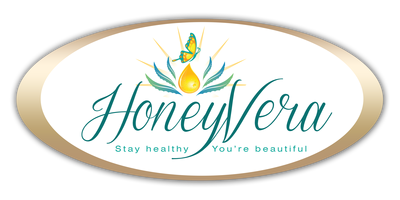Hey HoneyVerans!
As with any journey, transitioning presents its own unique
challenges. While everyone’s experiences are different, it can be helpful to
see how others have navigated through the process; all in the name of
networking.
Disrespecting the game
As the journey of transitioning is underway, it is important to recognize the hair that is still relaxed while respecting the new texture. Carrying on as if the modulation process is not taking place could have a negative impact. The inability to commit to the new coils in your life and putting up resistance to allowing them the freedom to do what comes “natural” will prove to be futile. You must come up with an entirely new plan of action for this step in the journey. For example, blending the now two textures will be a breeze if you chose styles such as twist outs and bantu knots vs. a straight style.
Using the old to address the new
Transitioning not only applies to your hair journey but also the products you use. It is debatable whether or not it is an absolute necessity to use only natural hair products for natural hair, however, certain ingredients have proven to benefit textured hair that are not contained in many non-natural commercial products. As your new hair grows in it will require a new regimen that addresses its needs. You will find that as the transition approaches completion, it is possible that you will switch products yet again. Paying attention to your strands and how they respond to certain ingredients will be essential to a successful process.
Lack of due diligence
Jumping into any commitment without doing your due diligence puts you directly in the path of failure. Researching the logistics of natural hair care will save you a lot of heartache and assist in the overall management. There are countless websites, blogs (uh-emmm *clears throat), and You Tube channels dedicated to the topic.
Using the wrong tools
Relaxed hair and natural hair have different demands so it stands to reason that some of the tools used to manage those needs will be different.
(example: wide tooth comb)
No deep conditioning
If deep conditioning was not part of your relaxed hair regimen, it needs to be an integral part now. Since natural hair is inherently dry, extra care to infuse moisture is important and including deep conditioning in your new regimen is one way to achieve this.
Not taking advantage of the versatility
During my transition I didn’t appreciate the versatility that came with it and I forgot to have fun with it by trying new looks. When I wasn’t flat ironing the hell out of it, I was doing wash and goes and that’s it. A few times I flirted with the finger coil method but for the most part I only entertained wash and go’s…boring.
FIND US:





